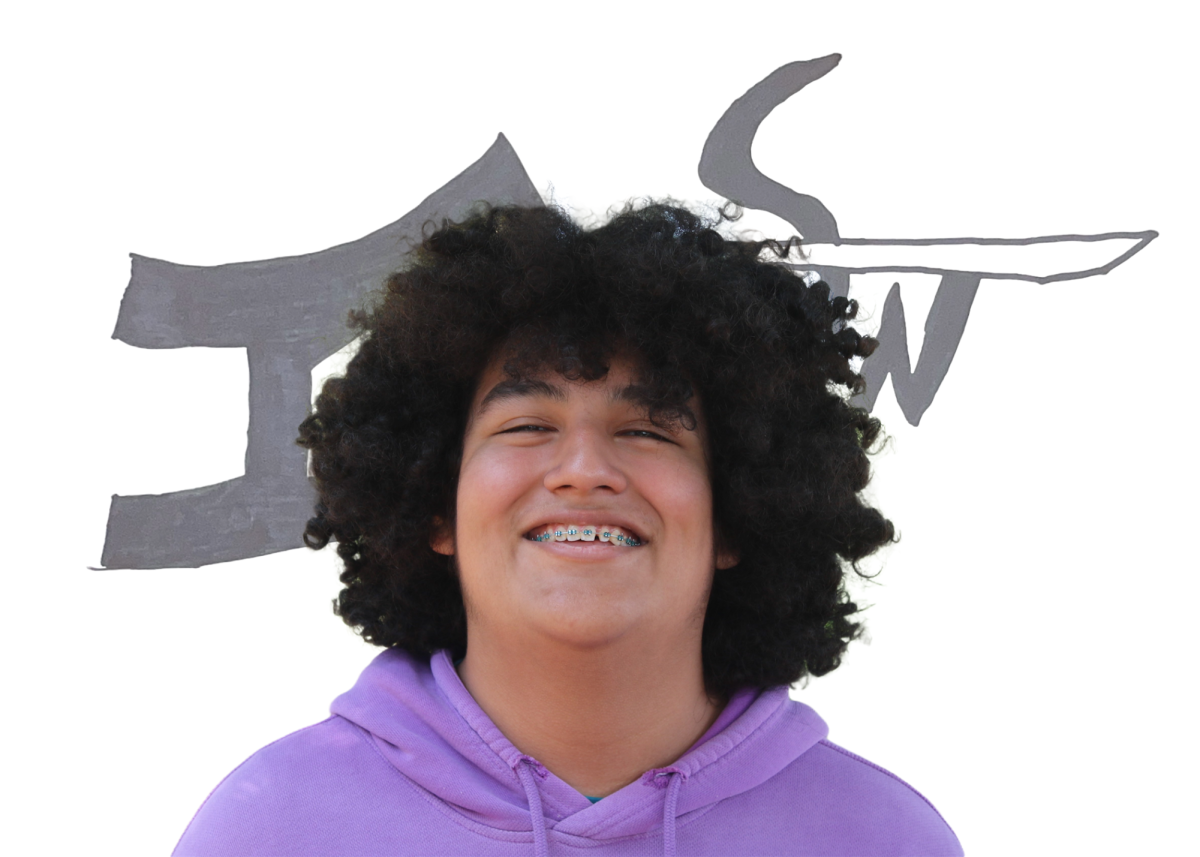The school’s Leadership Team made an unfortunate decision at the end of last school year when it voted to make “collaborative learning” this year’s instructional focus for teachers. While collaboration is a vital life skill, assigning arbitrary group projects fails to effectively teach.
“We wanted some aspect of instruction that we could really talk about school-wide,” Leadership Team leader Galen Rosenberg said. “We felt that collaborative learning happens in each and every class in some level.”
But the fact that the concept is applicable to all departments is no reason to force its excessive implementation. It is a misconception that group projects are beneficial to the students. Although putting multiple minds together can be an efficient and quick way to finish projects, splitting up the work detracts from actual understanding of the material.
“There’s less work when you work in group projects because it’s all divided,” senior Lauren Taylor said. “But you don’t learn as much because you only focus on your part.”
Unless properly implemented, the benifits of collaborative learning are lost all together. When working with others, individuals will only learn their own part and disregard the rest, doing just the bare minimum to get by. Therefore, in collaborative learning each individual will truly only grasp the aspect of the project that they are responsible for knowing, instead of learning all parts of the subject.
“They’re fun because you work with other people, but it sucks because someone does all the work and generally you work slower in groups,” senior Bill Guo said.
Collaborative learning is intended to teach students another important real-life skill—group management. It is difficult to organize, work out a schedule and make sure all members gets their share of the work done on time. In addition, it is hard to get each person to comprehend the material at the same rate, as all people have their own learning styles. This idea is reflective of how life is outside of the high school community.
However, when teachers assign collaborative work, proper group management rarely occurs. Most of the time, one individual, usually the “Albert Einstein” of the group, is left to do the majority, if not all of the work in the project. In collaborative learning environments, students tend to push their work onto the “smartest” individual who cares the most about the final grade. This completely undermines the whole purpose of teamwork in group studying. Group members do not end up relying on each other and working simultaneously.
“[Group projects] always entail lots of work for me, but at least I have control,” Lauren said.
Collaborative learning puts students in a situation in which they are confronted with the possibility of cheating off their group members’ work. For example, the idea of math homework study groups is for students to exchange answers and help each other understand why they make mistakes. Unfortunately, students just use homework study groups as excuses to copy a buddy’s homework instead.
Although building teamwork is one of the fundamental ESLRs promoted on campus, in reality, it is more destructive than constructive. Rather than attempting to increase the number of group projects in classrooms around the school, teachers should be doing the opposite. They should try to avoid unnecessary group activities such as posters and presentations whenever possible, as assignments like these truly detract from the learning experience.
It is important for students to learn how to interact with other students and work with one another.
Moreover, the over-usage of collaborative learning situations allow students to shy away from participating actively in a group, thereby ruining the essence of collaboration. Teachers need to be more selective as to when they choose to use collaborative learning in order to minimize the counterproductive results that are often caused by group assignments.








